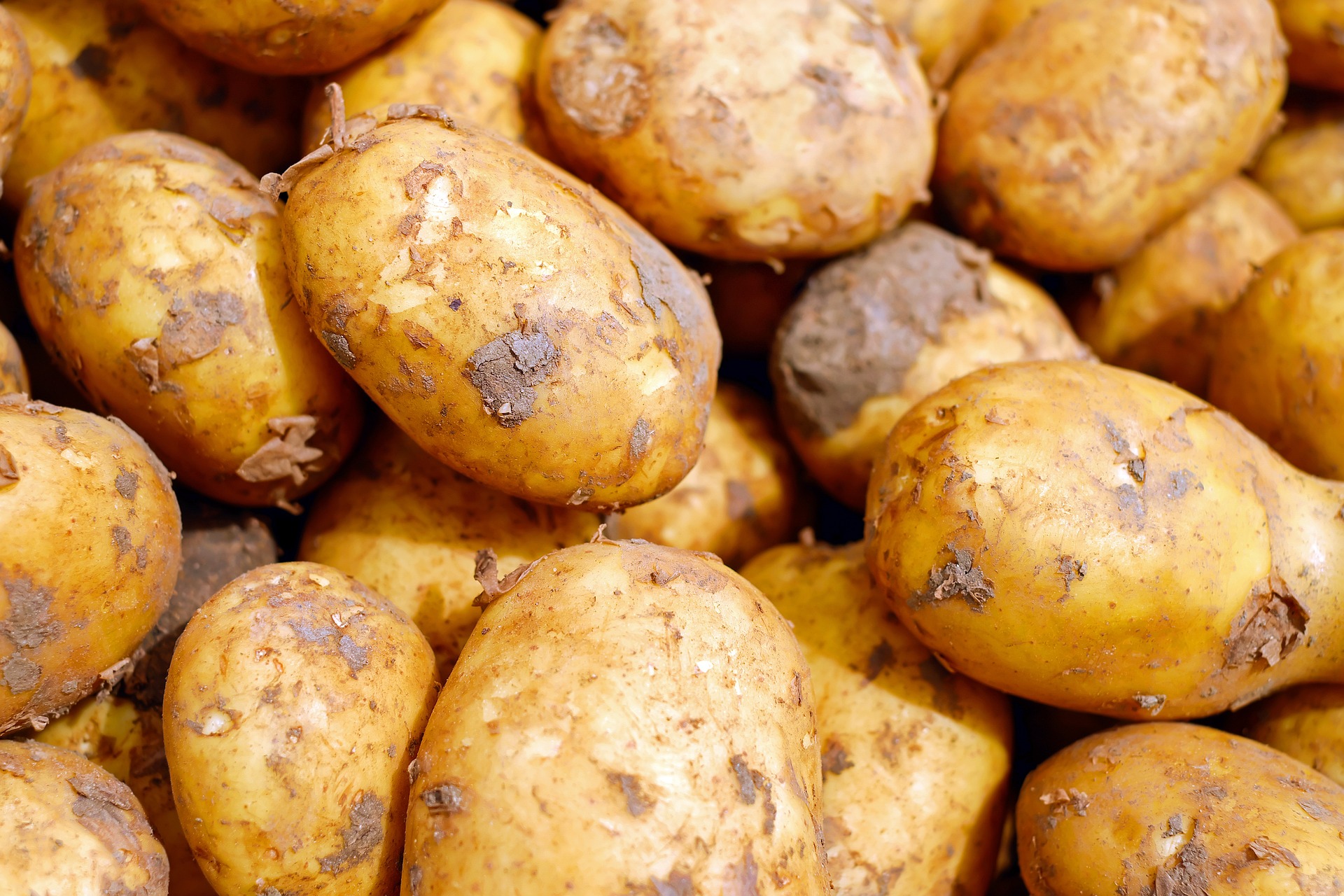The incidence of moth damage to potatoes has increased in the main production areas. This damage can be attributed to two moth species, the potato tuber moth (Phthorimaea operculella) that causes both foliar and tuber damage, as well as the tomato leaf miner (Phthorimaea absoluta, previously Tuta absoluta) which attacks the foliage. Both pest species attack crops in the Solanaceae plant family (including tomatoes, potatoes, and tobacco) and can also be observed on weeds in the same plant family, such as night sage. During field visits to the Limpopo production areas, both species were present in abundance.
Potatoes SA initiated a research project to evaluate the impact of the moth complex on potatoes with regards to the efficacy of control strategies. This study, conducted by Prof. Hannalene du Plessis and her team at the North West University, tested the efficacy of four widely used insecticides representing four different mode of action groups, as defined by CropLife’s Insecticide Resistance Action Committee (IRAC). The sensitivity of potato tuber moth to these chemicals was evaluated under laboratory conditions using internationally approved methods (the tomato leaf miner was not included in this study).
The following insecticide groups were tested:
- Organophosphates (IRAC 1B): Azinphos-methyl
- Pyrethroids (IRAC 3A): Lambda-cyhalothrin
- Chitin Biosynthesis Inhibitor (IRAC 15): Lufenuron
- Sodium Channel Blocker (IRAC 22A): Indoxacarb
The results from this study showed shifts in sensitivity of potato tuber moths collected from the Sandveld and Limpopo production areas to three of the four mode of action groups tested – organophosphates, pyrethroids and the chitin biosynthesis inhibitors. Indoxacarb still showed the expected efficacy from registered rates. The diamides (IRAC group 28) which are also widely used against the pest, were not included in the assessment.
Potatoes SA and CropLife SA are concerned about these developments and propose the following control strategies to mitigate damage from both the potato tuber moth and the tomato leaf miner:
- Ensure proper coverage of the crop when applying insecticides. This can be achieved by using well serviced equipment and adequate water volumes for spray mixtures. Adjuvants can be used where registered.
- Do not apply insecticides as drenches or as drip applications if not registered as such.
- Scout regularly and monitor pest population levels throughout the productions season. Introduce protection measures and corrective actions when spikes are noticed.
- Rotate modes of action based on IRAC guidelines: Lepidoptera | Insecticide Resistance Action Committee (IRAC) (irac-online.org)
- Individual producers should align spray programmes in production areas to avoid consecutive insect generations being exposed to the same mode of action group.
- Only use insecticides that are registered for use against the potato tuber moth and tomato leaf miner complexes and strictly abide to label instructions.
- Practise good sanitation by removing infestation sources such as old production fields and potato heaps.
- Avoid cracks in the soil to prevent potato tuber moths from reaching the tubers by scheduling irrigation or mechanically closing cracks.
- Introduce good ridging practices.
Potatoes SA will continue to work with CropLife SA crop advisers to create awareness amongst producers to mitigate damage from potato tuber moth and tomato leaf miner by promoting responsible production practices. The full results from the study conducted by Prof. Du Plessis will be available in December 2022 edition of CHIPS magazine.
For more information contact your Potatoes SA regional advisor or Dirk Uys at dirk@potatoes.co.za.
Source: CropLife SA and Potatoes SA









